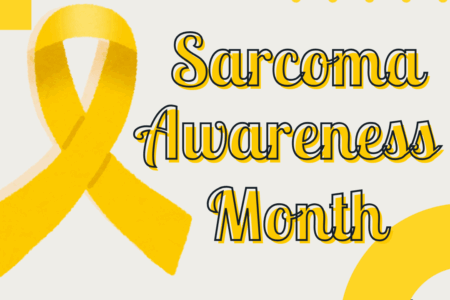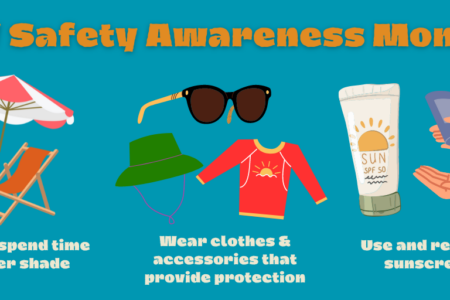
Share On Social!
Most Americans are still not aware of the many serious health consequences associated with being obese. Additionally, misconceptions about what healthy weight and obesity look like further complicates adults’ and parents’ ability to correctly identify weight status, thus they are unable to correctly identify their and their children’s risk for life-long health complications.
According to the Nutrition and Physical Activity Initiative at the Bipartisan Policy Center (BPC) 2012 report, “obese people are far more likely to develop chronic diseases like diabetes, hypertension, asthma, heart disease and cancer. Obese children are more likely to have one or more risk factors for cardiovascular disease, to be prediabetic (i.e., at high risk for developing diabetes), and to suffer from bone and joint problems, sleep apnea, and social and psychological problems such as stigmatization and poor self-esteem. They are also very likely to become obese adults. In short, obesity is the most urgent public health problem in America today.”
Unfortunately, most Americans-and elected officials-are also still not aware of the root causes of poor health.
Seventy percent of what make us healthy are healthy behaviors (50%) and the environment (20%), while only 30% is genetics (20%) and access to health care (10%). However, we spend 88% on medical services and only 4% on healthy behaviors.
Examples of investments to improve healthy behaviors-to prevent chronic diseases, and associated social and psychological problems and financial burden-include:
- Designing cities around people, not cars
- Quality public transportation
- Pedestrian and cyclist infrastructure
- Connect public transit, sidewalks, and bike lanes to employment centers, city centers, schools, shops, and other destinations
- Provide sustainable funding for park maintenance and safety repairs and improvements
- Support public and private partnerships to adopt shared use agreements
- Affordability recreation programming and facilities, like sports leagues, sports, fields, swimming pools, and swimming instruction
- Encourage supermarkets, farmers’ markets or other sources of healthy food to operate in underserved communities through zoning, land-use planning, and community development efforts.
- Provide financial incentives, such as coupons for healthy foods, to WIC or SNAP participants.
- Remove sugar-sweetened beverages from SNAP and schools.
- Policies promoting breastfeeding in hospitals, childcare centers, workplaces, and public settings
- Policymakers should enforce nutrition and physical activity standards across schools and early childcare centers
Read the BPC’s Lots to Lose: How America’s Health and Obesity Crisis Threatens our Economic Future here.
Copy and Share: Your health has less to do w/ health care than you think. Shouldn’t spending mirror that? salud.to/295h4hy @SaludToday
Explore More:
Healthy Families & SchoolsBy The Numbers
142
Percent
Expected rise in Latino cancer cases in coming years



